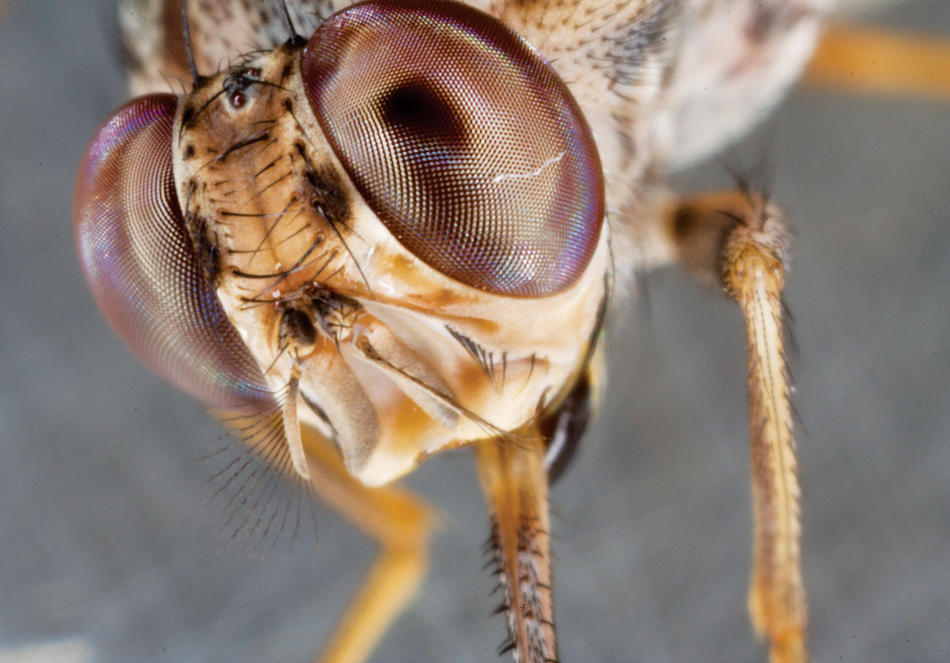It may look like an ordinary housefly, but the African tsetse fly is one of the most dangerous insects in the world. The sole transmitter of the infectious disease known as sleeping sickness, which kills thousands of people and millions of livestock annually in sub-Saharan Africa, the tsetse fly has made large swaths of land on the continent uninhabitable.
In recent years, the Senegalese government, in partnership with international aid agencies, has found an ingenious way to fight the deadly pest by breeding the flies in captivity, sterilizing the males with zaps of radiation, and then releasing them into the wild. This has disrupted the tsetse flies’ mating patterns and caused many colonies to collapse. The strategy, while effective, is time-consuming and expensive, since it requires lots of nimble-fingered lab workers to carefully sort male and female flies by hand.
Zelda Moran ’17PH, a staff research associate at Columbia’s Earth Institute, believes she has found a way to streamline this process. Her innovation stems from a discovery she made in 2015 while working in Vienna for the International Atomic Energy Agency (IAEA), which oversees international scientists working on the Senegalese project. In an effort to study the early stages of the tsetse fly’s physical development, Moran invented a near-infrared imaging technique that enabled scientists to peer inside its opaque pupa encasement for the first time. This led her and colleagues to observe that male and female pupae develop on slightly different schedules, with females sprouting wings a day or two before the males.
“We knew that if you could sort the flies during the pupal stage, you wouldn’t have to be so delicate with them,” says Moran. “We could even automate the task.”
Moran has since teamed up with Columbia physicist Szabolcs Marka to develop an artificial-intelligence program that can instantly determine if tsetse pupae contain male or female flies. The next step, they say, will be to create a robotic mechanism that, upon identifying a male pupa moving past on a conveyor belt, will blow a puff of air to separate it from the females.
Moran says that she is currently in conversations with IAEA scientists about building a prototype system that could be incorporated into the tsetse-breeding facility in Senegal. She hopes that her technology, if it proves effective, will enable the IAEA to expand its tsetse-sterilization project and eventually bring it to other African countries.



